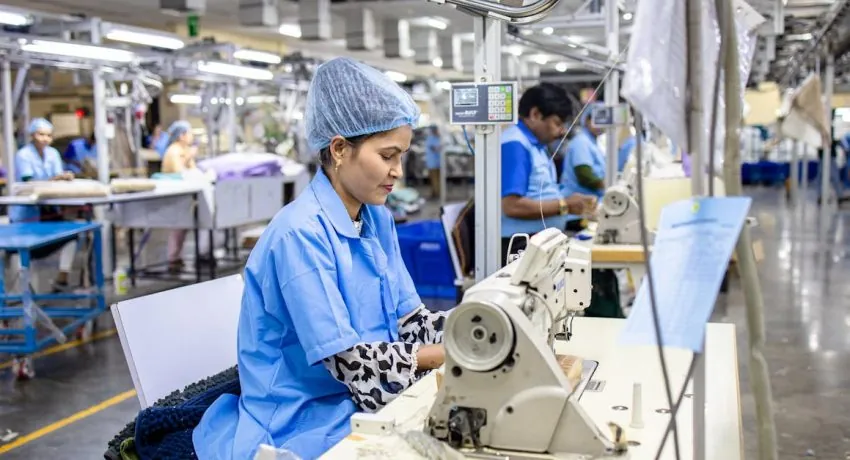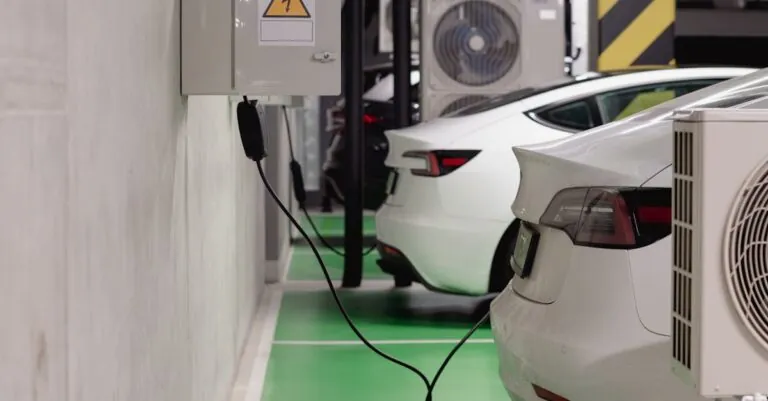Imagine a world where printing isn’t just for paper but for living tissues and organs. Welcome to the fascinating realm of bioprinting technology, where science fiction meets reality. This innovative process uses 3D printing techniques to create complex biological structures, turning the dream of regenerative medicine into a tangible solution.
Table of Contents
ToggleOverview of Bioprinting Technology
Bioprinting technology stands at the intersection of material science and biology. It uses advanced 3D printing techniques to create live tissues and organs layer by layer. This process relies on bioink, a substance made from living cells and biomaterials. Various methods, including extrusion-based and inkjet bioprinting, contribute to the versatility of this technology.
Tissues that can be printed include skin, cartilage, and vascular structures. The ability to replicate these complex biological structures improves the potential for regenerative medicine significantly. Researchers leverage bioprinting to address challenges related to organ transplant shortages.
Recent advancements enhance precision and scalability, allowing for more complex and functional tissue structures. Additionally, bioprinting enables the creation of organoids, miniature organ-like structures that serve as models for drug testing and disease study. This application reduces the reliance on animal testing and accelerates therapeutic discoveries.
Numerous institutions and biotech companies are exploring this field. Collaborative efforts between academia and industry drive innovations in bioprinting. Funding for research projects continues to increase, highlighting the growing interest and belief in bioprinting as a transformative technology.
Clinical trials and studies demonstrate promising outcomes. Evidence suggests that bioprinted tissues can integrate with host organisms effectively, marking a significant milestone. As this technology advances, ethical considerations and regulatory frameworks remain crucial to fostering safe and responsible practices.
Types of Bioprinting Techniques
Bioprinting technology includes various techniques, each with unique advantages in creating living tissues and organs. Understanding these methods enhances the appreciation of bioprinting’s capabilities in regenerative medicine.
Extrusion-Based Bioprinting
Extrusion-based bioprinting functions by forcing bioink through a nozzle to create continuous filaments of cells and materials. This technique enables the production of large tissue constructs, making it feasible for scaling bioprinting applications. Continuous material flow allows for precise layer-by-layer deposition, ensuring optimal cell viability. Moreover, hemostatic properties of some bioinks enhance the formation of vascular-like structures within printed tissues, improving functionality. Applications extend to skin grafts and cartilage repairs. Institutions have successfully implemented this technique in various experimental settings, indicating its potential in future medical therapies.
Laser-Assisted Bioprinting
Laser-assisted bioprinting employs focused laser beams to transfer bioink from a donor slide to a substrate. This method offers high resolution and precision, making it ideal for intricate tissue patterns. Its non-contact approach prevents damage to sensitive cells, maintaining cellular integrity during the printing process. The technique also allows for variable cell densities within printed structures, enabling better mimicking of natural tissue environments. Applications include cardiac tissue engineering and neural tissues. Research highlights its capability to support complex design requirements necessary for functional tissue constructs.
Applications of Bioprinting Technology
Bioprinting technology finds diverse applications across multiple fields, transforming medical practices and advancing research.
Tissue Engineering
Tissue engineering benefits significantly from bioprinting, which enables the creation of complex tissue structures. Skin, cartilage, and vascular tissues are among the most commonly printed types. Customized tissue patches enhance wound healing and offer solutions for patients with severe injuries. In addition, successful bioprinting of organoids provides valuable insights into cellular behavior and disease progression. Scalable manufacturing processes improve the feasibility of producing tissue grafts on demand. Collaboration among research institutions accelerates development, making tailored therapies increasingly accessible.
Drug Testing and Development
Bioprinting plays a vital role in drug testing and development, allowing researchers to create patient-specific models. Such models aid in the evaluation of drug efficacy and safety before proceeding to clinical trials. Reduced reliance on animal testing reflects ethical considerations and regulatory compliance. High-fidelity tissue structures mimic human responses more accurately than traditional methods. Accelerated drug discovery processes benefit from the ability to screen multiple compounds concurrently. Innovations in this field highlight a shift towards personalized medicine, where treatments can be fine-tuned based on individual patient profiles.
Challenges in Bioprinting
Bioprinting technology faces several challenges that impact its development and application in regenerative medicine.
Material Limitations
Material selection plays a crucial role in bioprinting success. Bioinks must mimic the natural extracellular matrix to support cell growth and tissue development. Current bioink materials often lack optimal mechanical properties, limiting their ability to replicate complex tissue structures. Specific properties like viscosity and biocompatibility directly influence cell viability during the printing process. Many existing bioinks do not support long-term cell survival or function after printing. Enhancing the formulation of bioinks through various natural and synthetic polymers remains a key area of research. Scientists are continuously exploring new materials that can provide better mechanical strength and biological relevance in printed tissues.
Regulatory Hurdles
Regulatory frameworks significantly influence the pace of bioprinting advancements. Approval processes for bioprinted tissues and organs require comprehensive safety and efficacy data. Each new bioprinted product must undergo rigorous testing to meet established standards before clinical application. Agencies such as the FDA have yet to define clear guidelines specifically for bioprinted products, creating uncertainty for researchers and companies. This ambiguity can delay the introduction of innovative solutions into the market. Bioprinting firms collaborate with regulatory bodies to navigate these challenges while ensuring compliance. Establishing standardized protocols is essential for promoting confidence in bioprinted solutions among medical professionals and patients alike.
Future Prospects of Bioprinting Technology
Advancements in bioprinting technology signal transformative changes in medicine. Research indicates that future bioprinting methods may include the development of fully functional organ replacements, which could address the organ transplant shortage. Enhanced bioink formulations, incorporating more sophisticated materials, are likely to support complex tissue structures and increased cell viability.
Demand for personalized medicine drives innovation within the bioprinting sector. Patient-specific models, tailored through bioprinting, improve drug testing and efficacy trials. Clinical workflows could accelerate as bioprinted tissues become integral to personalized treatment plans.
Collaboration between industrial and academic sectors fosters a dynamic ecosystem for bioprinting advancements. Companies and research institutions share knowledge and resources, promoting breakthroughs in bioprinting techniques. Increased investment in bioprinting projects showcases the confidence in this burgeoning field.
Regulatory frameworks also evolve to better accommodate innovative bioprinting practices. Clear and streamlined guidelines are crucial for safety and efficacy assessments, ensuring bioprinted solutions seamlessly integrate into clinical settings. Ongoing dialogues between regulatory agencies and bioprinting firms will shape the future landscape of healthcare applications.
Integration of artificial intelligence in the design and production of bioprinted tissues presents another promising frontier. AI can optimize the creation of complex models, enhance precision, and support real-time monitoring of bioprinting processes. As these technologies converge, bioprinting is expected to achieve greater scalability and efficiency.
The future of bioprinting technology lies in its potential to revolutionize organ donation, enhance personalized medicine, and refine drug testing methodologies. The synergy of innovative materials, collaboration, regulatory advancements, and AI integration will drive significant progress in the field.
Conclusion
Bioprinting technology is poised to redefine the landscape of medicine and biotechnology. As advancements continue to emerge, the potential to create functional tissues and organs becomes increasingly tangible. The collaboration between academia and industry paves the way for innovative solutions that address critical healthcare challenges.
With a focus on personalized medicine and drug testing, bioprinting offers tailored approaches that enhance patient outcomes. While challenges remain in material science and regulatory frameworks, ongoing research and development efforts are likely to overcome these hurdles.
The integration of artificial intelligence into bioprinting processes further enhances precision and efficiency. As this transformative technology evolves, it holds the promise of revolutionizing organ donation and regenerative medicine, ultimately improving lives and reshaping healthcare as we know it.




